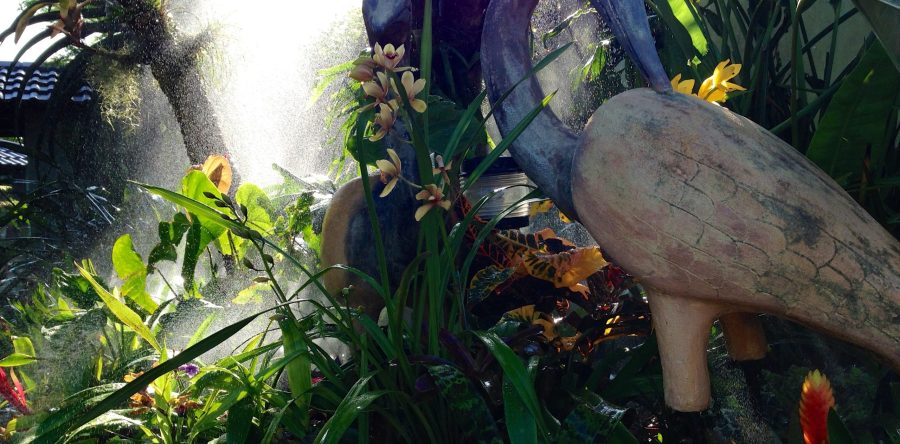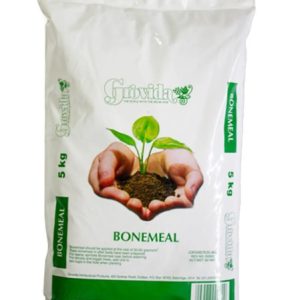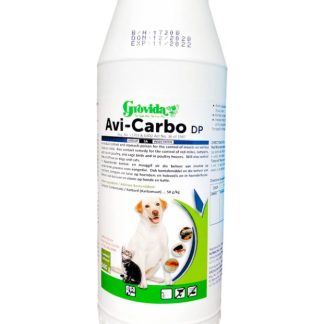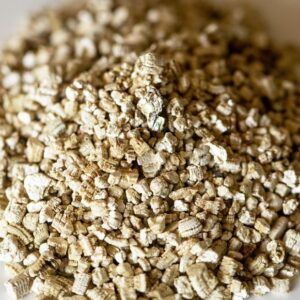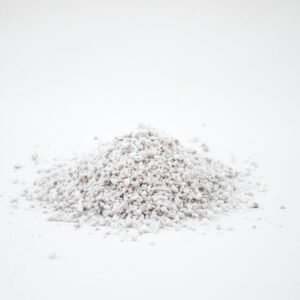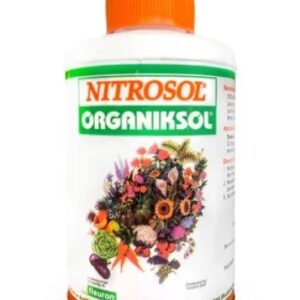Transforming Your Outdoor Space
Creating a beautiful and functional garden in a small space can be a delightful challenge. Whether you have an unsightly corner needing a makeover or a patio requiring some character, there are numerous ideas to help you make the most of your small garden. Here, we explore various aspects of small garden design and gardening techniques that can transform your outdoor area into a vibrant haven.
1. Tackling Unsightly Spaces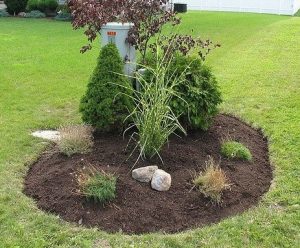
Every garden has its quirks, including those less-than-attractive areas. To address these spots, consider using trellises adorned with climbing plants to create vertical interest. Alternatively, decorative screens can provide a stylish solution while concealing clutter. Raised beds or strategically placed pots can also help redefine the space, making it feel more intentional.
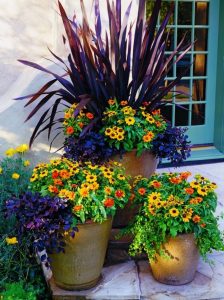 2. Embracing Pots and Container Gardening
2. Embracing Pots and Container Gardening
Container gardening is ideal for small spaces, allowing you to add colour and interest with minimal effort. Choose pots of various sizes and materials to create a layered look. For a cohesive aesthetic, consider using a limited colour palette or similar textures. Herbs, flowers, and even small shrubs can thrive in containers, making them versatile options for any garden.
3. Hard Landscaping for Structure
In small gardens, hard landscaping plays a crucial role in defining areas and adding structure. Use materials such as stone, brick, or gravel to create pathways, patios, or borders. These elements can enhance the overall design while providing practical functionality. Additionally, consider integrating multi-level designs like steps or raised beds to create depth in your garden.
4. Water-Wise Plants
Water conservation is essential, especially in smaller gardens. Select drought-tolerant plants that thrive in your climate. Plants like lavender, sedum, and ornamental grasses are not only beautiful but also require less water. Incorporating mulch around your plants can help retain moisture and reduce the need for frequent watering.
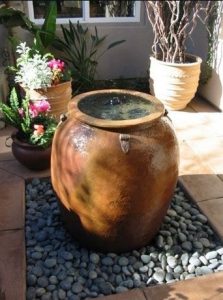
5. Adding Water Features
A small water feature, such as a fountain or a birdbath, can be a stunning focal point in your garden. The sound of running water adds a sense of tranquillity, making your space feel more serene. Choose a simple design that complements your garden’s overall style, ensuring it doesn’t overwhelm the area.
6. Choosing Colourful Plants
Injecting colour into your small garden can create a lively atmosphere. Opt for a mix of flowering plants, such as geraniums, petunias, and daisies, which can provide vibrant blooms throughout the seasons. Incorporating colourful foliage plants, like calatheas or coleus, can also add interest even when flowers are not in bloom.
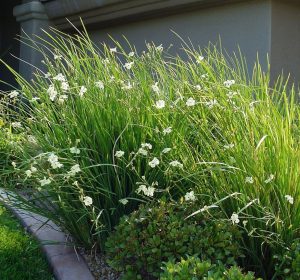 7. Low-Maintenance Plants
7. Low-Maintenance Plants
For those who prefer a more hands-off approach, selecting low-maintenance plants is key. Look for native species that require less care and are well-suited to your local conditions. Perennials such as daylilies, dietes, osteospermum, and euphorbias can provide beauty without demanding too much attention.
8. Creating Succulent Gardens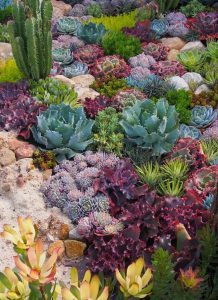
Succulents are perfect for small gardens due to their minimal space requirements and low water needs. Create a small succulent garden in a decorative pot or a gravel bed. These hardy plants come in various shapes, sizes, and colours, making them ideal for adding unique textures and visual interest.
9. Incorporating Grasses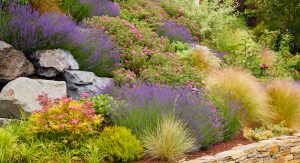
Ornamental grasses can add movement and softness to your garden. They are often low-maintenance and can thrive in various conditions. Consider planting varieties like amazon mist or golden carex, which can provide a border for background flowering plants or even add height and contrast to low-growing flowering plants and ground covers, enhancing the overall aesthetic of your garden.
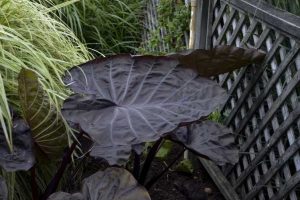 10. Plants for Waterlogged Gardens
10. Plants for Waterlogged Gardens
If you have a waterlogged area, don’t despair! Many plants thrive in wet conditions, such as colocasia, aurum lilies, canna, hibiscus, carex, ferns, juncus and pothos. These plants not only tolerate saturation but can also bring colour and life to areas that might otherwise seem challenging.
11. Plants for Windy Gardens and Sea Spray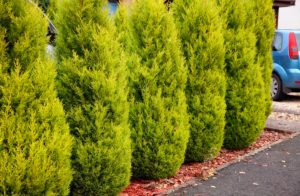
For gardens exposed to strong winds, it is essential to choose resilient plants. Opt for hardy perennials and shrubs such as sea lavender, conifers, lavender, and hawthorn, which can withstand sea spray and gusty conditions. Planting them in clusters can also provide shelter for more delicate species.
12. Gardening in Poor Soil or Sandy Conditions
If your soil is sandy or lacks nutrients, consider planting species that naturally thrive in such conditions. Plants like dietes, dracaena, strelitzia, sansevieria, and Marguerite daisy can flourish in poor soils. Additionally, amending your soil with organic matter can improve its quality over time, allowing for a wider selection of plants.
13. Vertical Gardening Solutions
In small spaces, vertical gardening can be a game-changer. By utilising walls, fences, and even railings, you can create a stunning display of greenery without taking up valuable ground space. Install wall planters, hanging baskets, or use a vertical garden system to grow a variety of plants, from herbs to flowering vines like sweet peas or climbing roses. This approach not only maximises space but also adds depth and dimension to your garden.
14. Creating Themed Areas
Consider creating themed areas within your small garden to add interest. For example, a sensory garden with fragrant herbs, textured foliage, and colourful blooms can engage the senses. Alternatively, a wildlife garden that attracts birds and pollinators like bees and butterflies can be both beautiful and beneficial. Choose plants that align with your theme to create a cohesive look and feel.
15. Seasonal Interest
Incorporate plants that provide year-round interest to ensure your garden remains appealing throughout the seasons. Choose a mixture of spring-flowering plants like daisies and osteospermum, followed by summer and autumn perennials, and foliage plants such as crotons and coleus, along with winter-flowering aloes. This approach ensures that there’s always something captivating to look at, no matter the time of year.
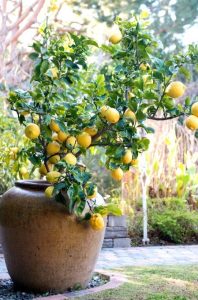 16. Use of Edibles in Decor
16. Use of Edibles in Decor
Why not combine aesthetics with functionality? Integrating edible plants into your garden design can be both practical and attractive. Consider growing strawberries in hanging baskets, herbs in decorative pots, or even citrus fruit trees in containers. These plants not only serve a purpose but can also add beauty and charm to your garden.
17. Incorporating Pathways
Creating pathways in your small garden can enhance accessibility and guide visitors through your space. Use gravel, stepping stones, or mulch to define these paths. Not only do they make your garden feel more organised, but they also provide opportunities for planting along the edges, adding further interest.
18. Incorporating Lighting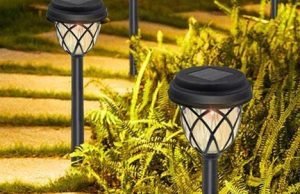
Enhancing your garden with lighting can create a magical atmosphere, especially in the evenings. Use solar-powered garden lights, string lights, or lanterns to illuminate pathways, highlight specific plants, or create cosy seating areas. This not only extends the usability of your garden but also adds an enchanting touch.
19. Seasonal Containers
Consider changing your container plants according to the seasons. In spring, opt for vibrant annuals like petunias or geraniums, while in summer, switch to heat-tolerant varieties such as succulents or ornamental peppers. In autumn, consider planting chrysanthemums, violas, or pansies, and in winter, use evergreens or seasonal decorations to keep your garden looking lively year-round.
20. Creative Use of Furniture
In a small garden, furniture should be both practical and stylish. Choose durable and practical furniture and opt for colourful cushions and fabrics that can withstand the elements, creating a comfortable and inviting space. Add a small table for outdoor dining or tea and make the most of your outdoor experience.
21. DIY Garden Projects
Engage in DIY projects that can enhance your small garden. Create your own planters using recycled materials, build raised beds from reclaimed wood, or construct a simple compost bin to recycle garden waste. These projects not only add a personal touch to your garden but are also environmentally friendly.
22. Regular Maintenance
Maintaining your small garden is essential for its health and appearance. Regularly deadhead flowers, prune shrubs, and keep an eye out for pests. Establish a routine for watering and feeding your plants to ensure they thrive. A well-maintained garden is more enjoyable and can enhance the overall aesthetic.
Conclusion
Incorporating focal points such as statement plants, sculptures, or unique seating areas can significantly enhance the beauty and functionality of your garden. Additionally, embracing vertical gardening, themed areas, and seasonal interest will further elevate its charm. Remember, the key to success in a small space is creativity and thoughtful planning. Whether you prefer a low-maintenance approach or wish to cultivate a diverse array of flora, the possibilities are endless.
